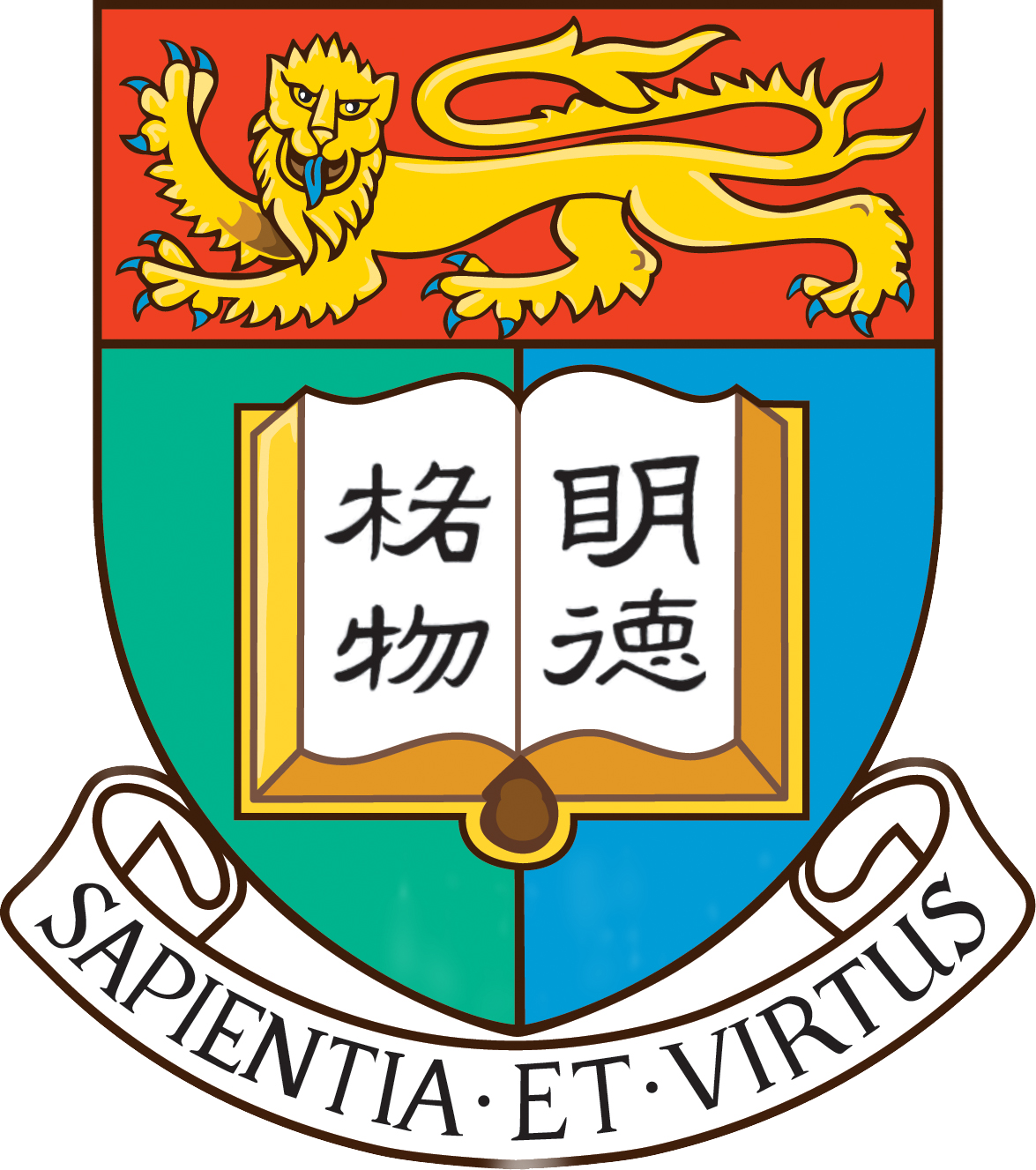ESP32C5 Start-up Tutorial
Recommended Resources
For more details on ESP32-C5 and related tools, check out the following resources:
| Content | Source | Recommendation |
|---|---|---|
| ESP-IDF Tool | GitHub | *** |
| ESP-NOW Protocol | Documentation | *** |
| ESP32-C5 Guide | Get Started | *** |
| ESP-DSP | GitHub | ** |
| VSC IDF Extension | GitHub | * |
We highly recommend using the ESP-IDF tools rather than Arduino. The lab and project tutorials are based on ESP-IDF tools.
Getting Started with ESP32-C5
Step 1: Install ESP-IDF
The ESP-IDF (IoT Development Framework) is the official programming guide for ESPRESSIF ESP32-C5. Follow the step-by-step installation process tailored to your operating system. It is recommended to install ESP-IDF under the default path (~ or /Users/yourusername/).
Installation Guide: ESP32-C5 Getting Started
To simplify usage, create an alias for export.sh by following these steps:
-
Open your shell profile file (
.profile,.bashrc,.zshrc, etc.) and add the following line:alias get_idf='. $HOME/esp/esp-idf/export.sh' -
Apply the changes by restarting your terminal or running:
source ~/.bashrc # Or replace with your profile file -
Now, you can quickly load the ESP-IDF toolchain by typing:
get_idf
Step 2: Run the Blinking LED Example
Once ESP-IDF is installed, test it by running the blinking LED example.
-
Navigate to the ESP directory and copy the example project:
cd ~/esp cp -r $IDF_PATH/examples/get-started/blink . cd blink -
Set the target device:
idf.py --preview set-target esp32c5 -
Identify the device port:
-
Check the port by running:
ls /dev/cu* -
On macOS, it typically appears as
/dev/cu.usbmodem1101.
-
-
Build the firmware:
idf.py buildIf there are no errors, the build will generate firmware binary
.binfiles. -
Flash the firmware to your ESP32-C5:
idf.py -p /dev/cu.usbmodem1101 flash # Replace with your actual port -
Monitor the output to confirm the LED is blinking:
idf.py -p /dev/cu.usbmodem1101 monitor # Replace with your actual port
Once you see the LED blinking, you have successfully set up your ESP32-C5!
